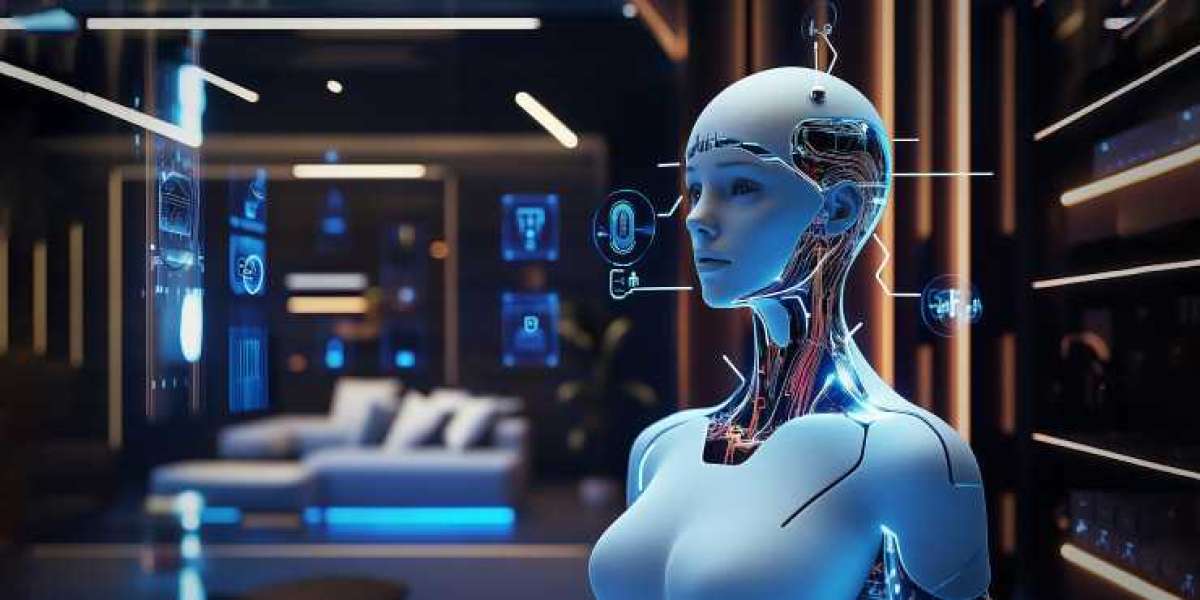Smart home automation has transformed the way we interact with our living spaces, making them more convenient, efficient, and secure. As technology advances, homeowners are increasingly adopting smart devices to create a seamless environment that enhances their daily lives. This article delves into the intricacies of smart home automation, its benefits, how to implement it, and what the future may hold.
Understanding Smart Home Automation
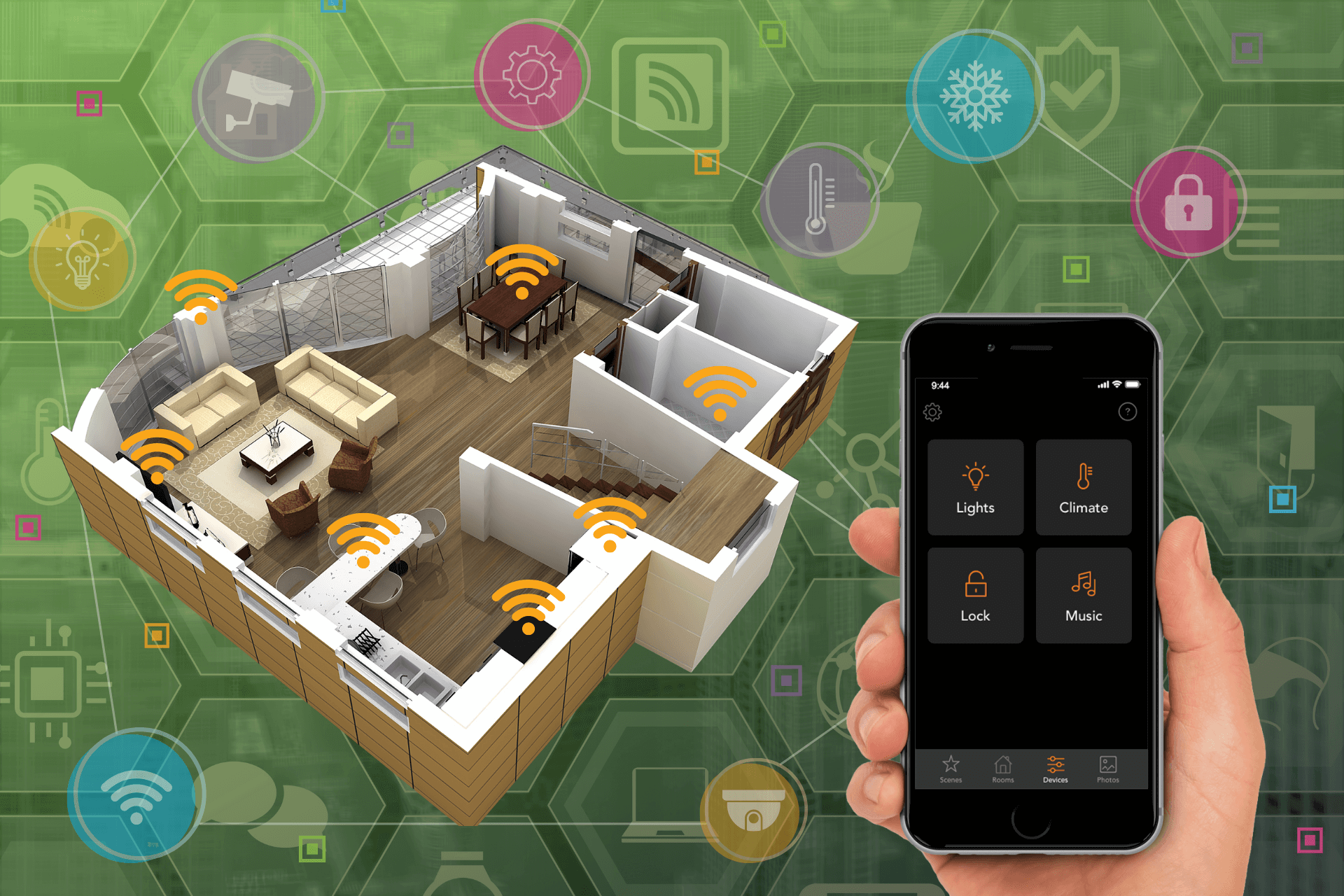
The concept of smart home automation revolves around the integration of devices and systems within a household to allow for remote control, monitoring, and management. By utilizing various technologies such as IoT (Internet of Things), artificial intelligence, and machine learning, homeowners can automate everyday tasks, improve energy efficiency, and enhance security measures.
The Evolution of Smart Home Technology
The journey of smart home automation began in the late 20th century, primarily driven by technological advancements. Initially, the focus was on basic home security systems. However, rapid innovation has led to a plethora of devices and applications designed to enhance overall home experience.
In recent years, the development of voice-activated assistants, such as Amazon Alexa and Google Assistant, has revolutionized how users interact with their homes. This evolution signifies a shift toward user-friendly interfaces that prioritize convenience and accessibility.
Key Components of Smart Home Automation
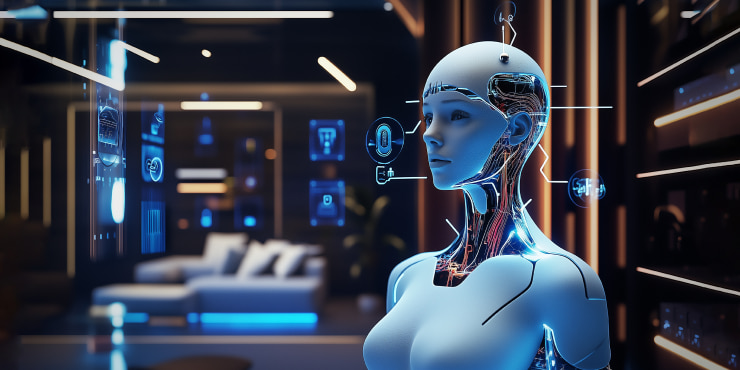
To understand the full scope of smart home automation, it's essential to identify its key components:
- Smart Devices: These include smart lights, thermostats, locks, cameras, and appliances that can be controlled remotely via apps or voice commands.
- Central Hub: A central hub connects all smart devices and enables communication between them. It acts as the brain of the system, allowing users to control multiple devices through a single interface.
- Connectivity Protocols: Smart devices communicate using various protocols like Wi-Fi, Zigbee, Z-Wave, and Bluetooth. The choice of protocol can affect device compatibility and performance.
Benefits of Smart Home Automation
Integrating smart home automation into your daily life offers numerous advantages that enhance comfort and security:
- Energy Efficiency: Automated systems can significantly reduce energy consumption by optimizing heating, cooling, and lighting based on occupancy and usage patterns.
- Increased Security: Smart surveillance systems and alarm systems provide real-time monitoring and alerts, ensuring your home is protected even when you're away.
- Convenience and Comfort: With automation, routine tasks can be scheduled and executed effortlessly. You can pre-set your thermostat or have your coffee made before you wake up, creating a comfortable living environment.
Implementing Smart Home Automation
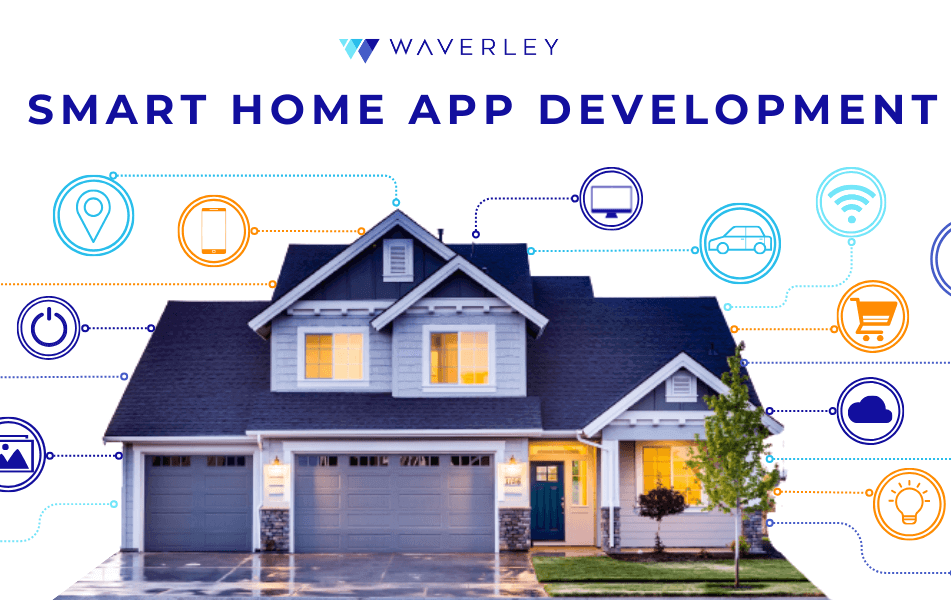
Implementing smart home automation requires careful planning and consideration. Here’s a step-by-step guide on how to get started effectively.
Assess Your Home's Needs and Goals
Before diving into smart home automation, take time to evaluate your needs and priorities. Consider:
- What specific problems do you want to solve?
- Which areas of your home would benefit most from automation?
- Are there particular features or functionalities that are must-haves?
By defining clear goals, you'll ensure that your investment aligns with your lifestyle.
Choosing the Right Smart Devices
Selecting compatible and high-quality smart devices is critical. When shopping for devices, keep these tips in mind:
- Compatibility: Ensure devices work well together and can connect to your chosen hub or platform.
- User Reviews: Research customer feedback to gauge reliability, functionality, and ease of use.
- Future-Proofing: Opt for devices that receive regular updates and support, ensuring longevity and adaptability to new technologies.
Setting Up Your Central Hub
Once you’ve selected your devices, it’s time to set up your central hub. Follow these steps:
- Connect your hub to Wi-Fi, ensuring stable internet connectivity.
- Add your smart devices following the manufacturer's instructions, typically done through a dedicated app.
- Test the connections and functionalities of each device to confirm they’re working correctly.
Creating Automations and Routines
Automations are where the magic happens. Use your hub's app to create specific routines tailored to your lifestyle. Common automations include:
- Scheduling Lights: Set your lights to turn on and off at specific times or adjust them based on natural light.
- Temperature Control: Program your thermostat to adjust temperatures when you're home versus away.
- Security Alerts: Configure notifications for unusual activity detected by smart cameras or alarms.
How Smart Home Automation Enhances Daily Life
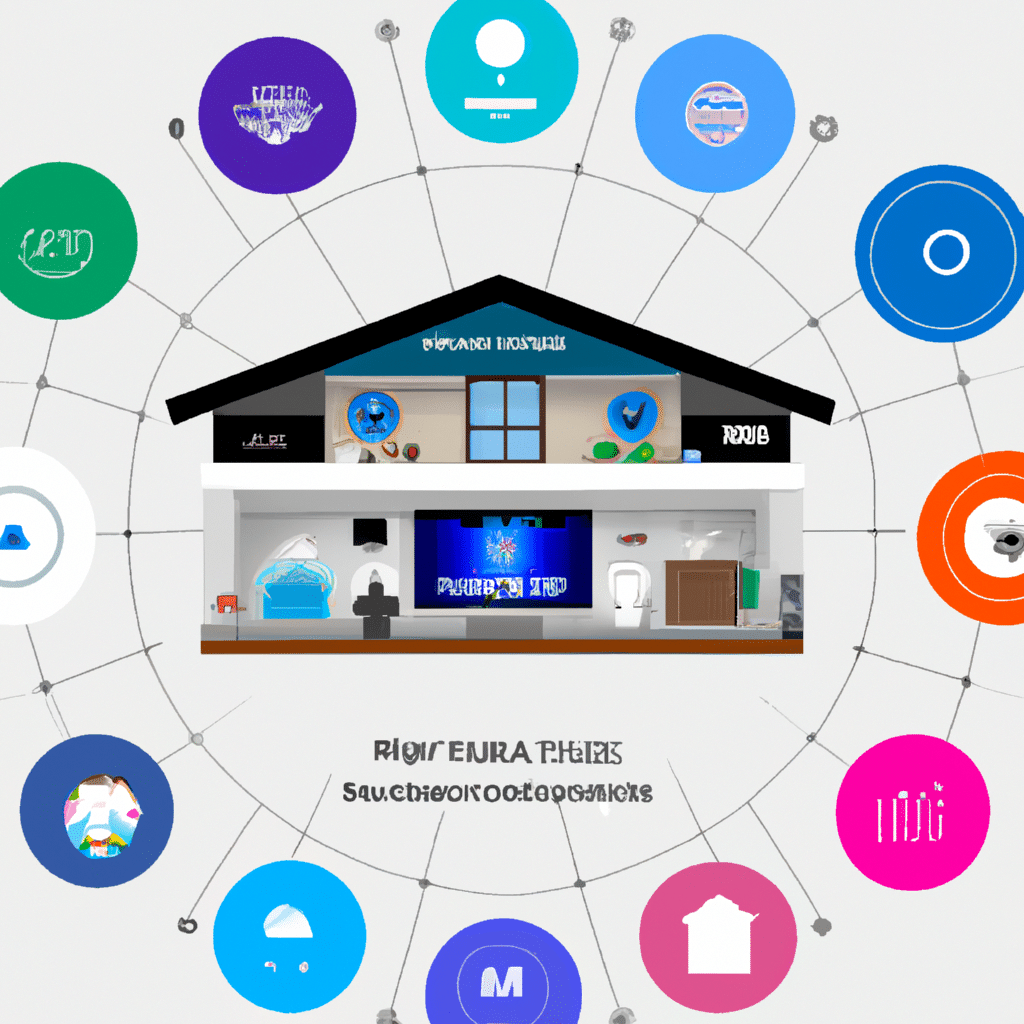
The transformative impact of smart home automation extends into various facets of daily living. Let’s explore how these innovations simplify tasks, improve safety, and foster a more sustainable lifestyle.
Simplifying Household Chores
For many homeowners, daily chores can feel burdensome. Smart home automation streamlines many of these tasks, making life easier.
- Voice-Controlled Appliances: Imagine asking your oven to preheat while you're busy preparing ingredients. Voice-enabled devices free up time and energy.
- Automated Cleaning: Robotic vacuums can be programmed to clean floors without any supervision, maintaining cleanliness while you attend to other matters.
Improving Home Security
The integration of smart home automation promotes enhanced security measures, crucial in today’s world.
- Real-Time Monitoring: Smart cameras provide live feeds directly to your smartphone, allowing you to monitor your home from anywhere.
- Remote Locking Systems: Forgetting to lock the door is no longer a concern with smart locks that can be managed remotely.
Promoting Energy Conservation
Home automation not only contributes to convenience but also encourages sustainable practices.
- Smart Thermostats: Devices like Nest learn your habits over time, adjusting heating and cooling to save energy without compromising comfort.
- Energy Usage Tracking: Many smart devices come with features that track usage, providing insights that help you identify opportunities for conservation.
Comparing Smart Home Automation Solutions
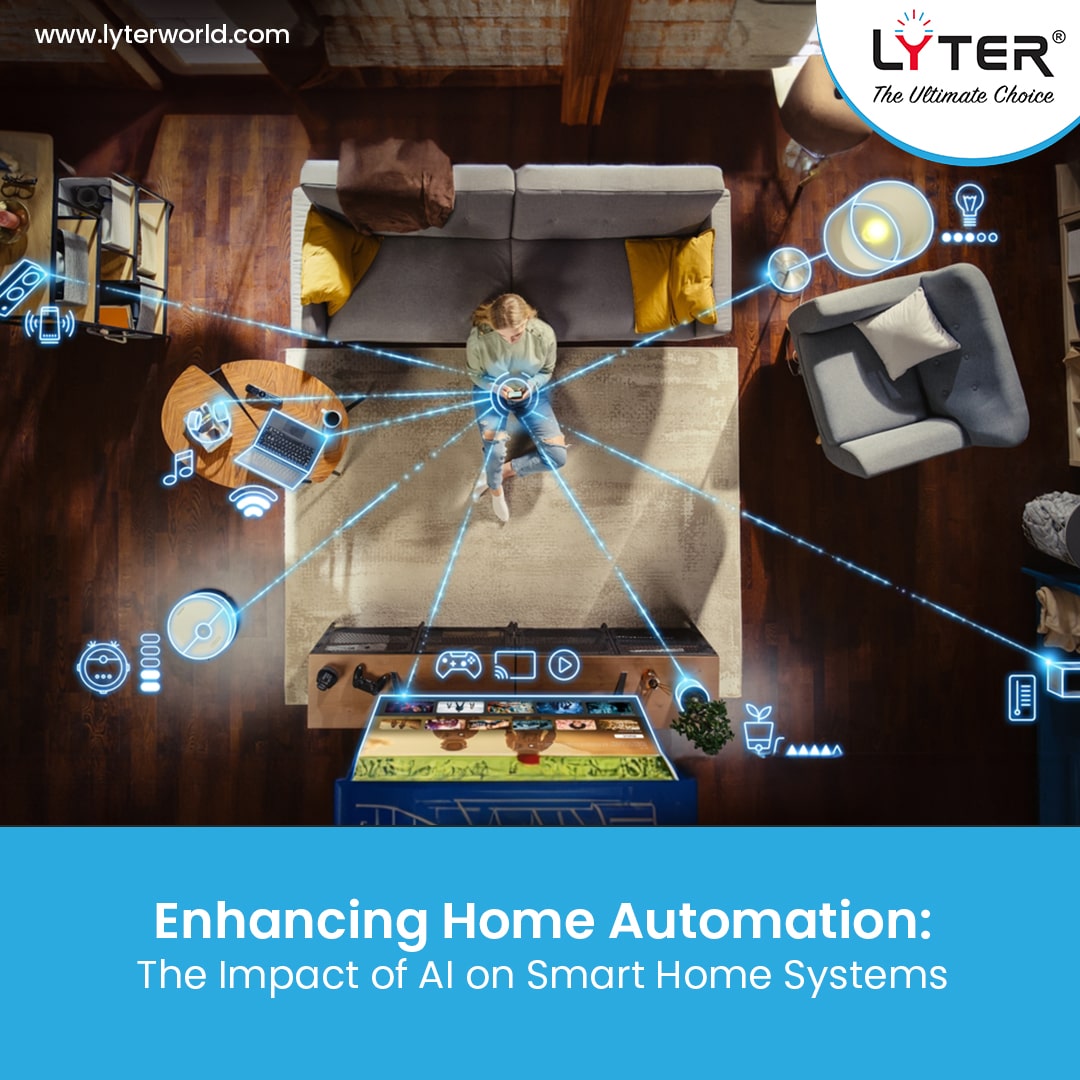
As smart home automation continues to evolve, various solutions vie for homeowner attention. Comparing different systems can help you make informed decisions.
Ecosystem Compatibility
Different brands and ecosystems offer varying levels of compatibility. Popular ecosystems include:
- Amazon Alexa: Known for its extensive compatibility with third-party devices and a wide range of skills.
- Google Home: Offers a robust search capability, integrating easily with Google services and offering voice command convenience.
- Apple HomeKit: Prioritizes security and privacy, making it a top choice for Apple users who appreciate tight integration with their devices.
Smart Homes and the Real Estate Ecosystem
Smart home automation is not just about convenience; it represents a pivotal component of the digital transformation in real estate. As the real estate industry adapts to technological advancements, smart homes showcase how digital solutions are redefining property value, buyer expectations, and sustainable living standards.
These innovations align with the industry's broader shift toward data-driven decision-making, streamlined operations, and enhanced user experiences. Learn more about the digital transformation shaping the real estate industry.
Smart Technology in Shared Living and Working Spaces
Smart home automation is also finding its way into co-living and co-working spaces, redefining how these shared environments function. By offering tailored automation solutions such as app-controlled access, shared resource optimization, and personalized settings, these technologies support the growing preference for hybrid lifestyles.
This development highlights the synergy between smart home technologies and the co-living/co-working revolution. Learn more about how co-living and co-working spaces are transforming modern lifestyles.
User Experience
When choosing a smart home solution, consider the user experience and interface. Look for:
- Ease of Use: Does the app have an intuitive layout? Can automations be set up quickly?
- Customization Options: Find out if you can tailor settings to suit personal preferences.
Costs and Value
While initial costs vary across smart home automation solutions, weigh the long-term value against the price.
- Investment vs. Savings: Consider potential savings in energy bills and added security when evaluating cost-effectiveness.
- Longevity and Support: A slightly higher upfront cost may provide better customer support and product lifespan.
FAQs About Smart Home Automation
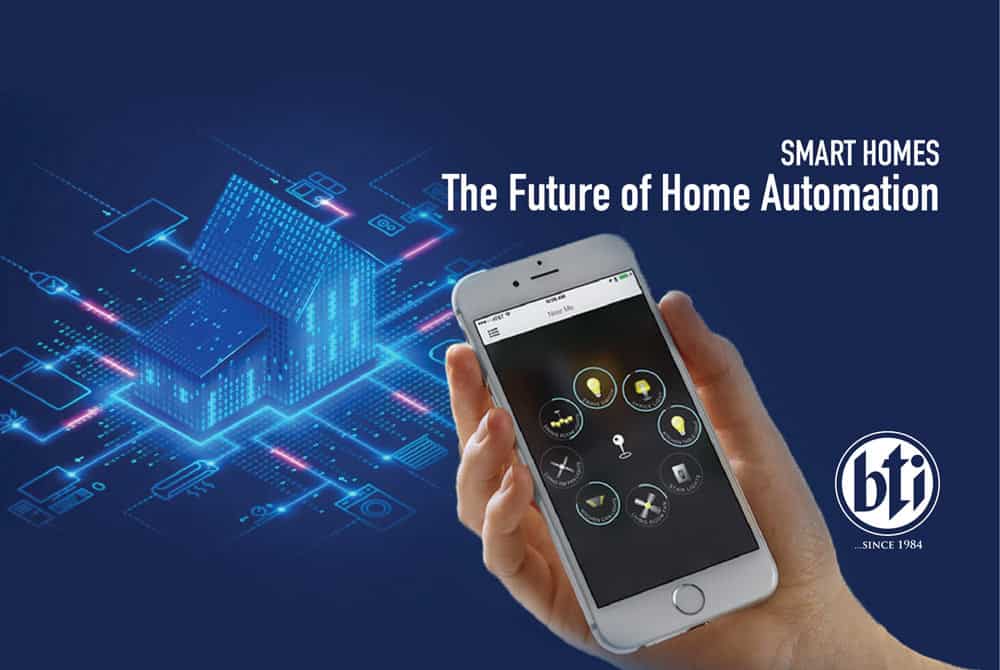
What is smart home automation?
Smart home automation refers to the integration of various devices and systems within a home, allowing for remote control, automation, and advanced monitoring of daily tasks using technologies such as IoT and AI.
How does smart home automation improve security?
Smart home automation improves security through devices like smart cameras, motion detectors, and automated locks, which provide real-time monitoring and alerts, ensuring comprehensive protection for homeowners.
Can I control smart home devices remotely?
Absolutely! Most smart home devices can be controlled remotely via dedicated mobile apps, enabling users to manage their systems from anywhere with an internet connection.
Is smart home automation expensive?
While the initial investment in smart home automation may vary significantly depending on the devices and systems chosen, many homeowners find that energy savings and increased security justify the cost over time.
What are some examples of smart home automation?
Examples include smart thermostats, smart lighting systems, intelligent security cameras, automated door locks, and voice-activated assistants that allow for hands-free control of various home functions.
Conclusion
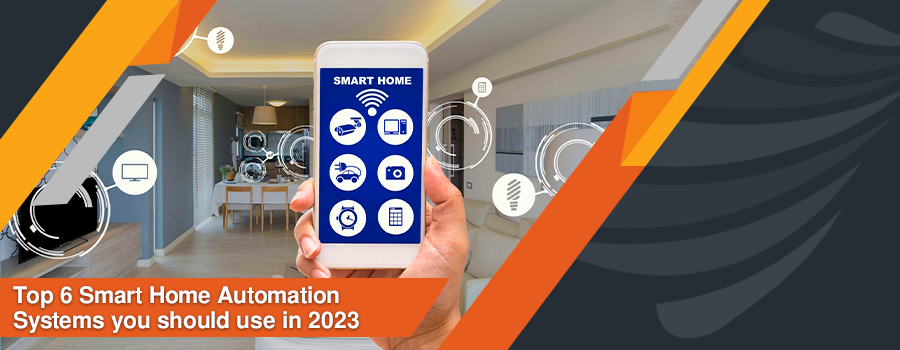
In conclusion, smart home automation has revolutionized modern living by enhancing convenience, security, and energy efficiency. By carefully assessing your needs and choosing the right devices, anyone can transform their home into a smart, interconnected sanctuary. The continued evolution of this technology promises even more innovative solutions that will further enhance our daily lives. Embracing smart home automation is not just an upgrade—it's a lifestyle change that opens doors to endless possibilities.
